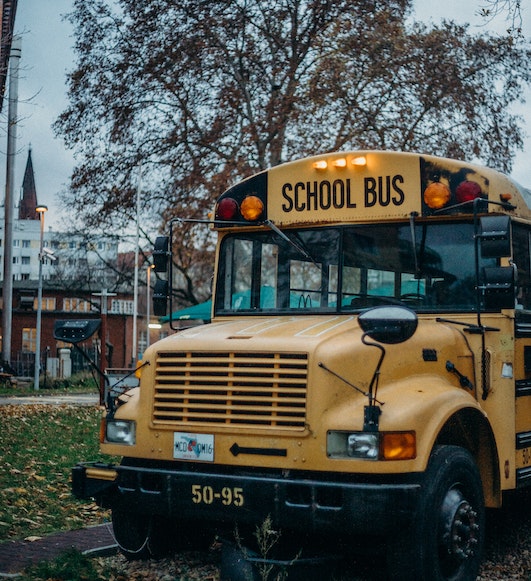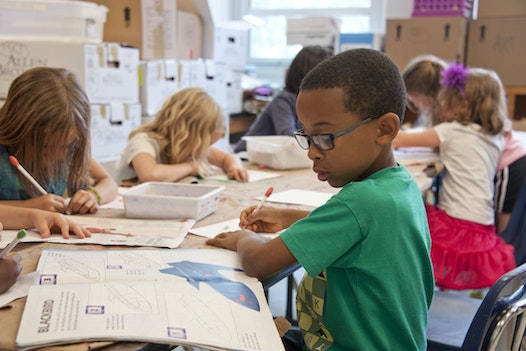Is Your School Prepared for the Unthinkable?
Schools K-12
Our nation has experienced the deep tragedy of school shootings that have affected not only the families and their communities, but the rest of America and the world abroad as we mourn the loss of innocent lives.
National VIPS strongly promotes the training and preparation of the adults who care for our children in our nation’s schools. We do not train children who are in the K-12 age group.

What Do the Participants Learn?
Our children are the future of our country, let’s prepare those who teach and care for them with the training and skills to make their schools safe. National VIPS trains participants to prevent and respond to violent intruder incidents. Participants learn:
How to identify risk factors for violence.
How to recognize behavioral warning signs of violence in individuals.
How to create a customized violence prevention and response program.
How to take immediate action to reduce injuries and to reduce the risk of fatalities.
How to alert the campus community of an impending or in-progress threat that will be critical for them to choose the appropriate response option
How local law enforcement responds and how to not be a problem for them.

How Can We Prevent These Tragedies?
School districts must provide a secure learning environment for students during school hours and should offer the needed training for faculty and staff.
If you’re a school administrator, staff or concerned parent; what is the school’s policy for an active shooter event? What is the quality of that policy? Has everyone gone through training and regular refresher training?
Many schools have a ‘lockdown’ policy when faced with an imminent attack from a violent intruder / active shooter. Lockdown means that teachers, staff and students lock the doors to their classroom, turn off the lights, huddle together in a corner and wait for the police.
It takes at least 9 to 15 minutes for police to get the call, arrive on scene, prepare for a rapid entry and end the active shooter/violent intruder incident. Most school shootings are over before police even arrive at the school. A private study of 35 active-shooter incidents during 2012 found that 37 percent of the attacks ended in less than 5 minutes, 63 percent in less than 15 minutes.
From studying active shooter events, Police are no longer seen as the ‘first responders’ but ‘second responders’. In school-invasion situations, the first responders have become the school personnel who will manage the incident until the police arrive.
How Effective is the Lockdown Method?
How effective is lockdown if the violent intruder/active shooter breaches the door lock? An active shooter breached the enhanced security at Sandy Hook Elementary School in Newtown, Connecticut in December 2012, and in the attack at the Washington D.C. Naval Base. What was the result?
What are the options in your school’s plan if an active shooter defeats the lockdown? Is your school reasonably providing a workplace free of potential or actual hazards?
The General Duty Clause, Section 5(a)(1), of the Occupational Safety and Health Act (OSHA), requires employers to provide their employees with a place of employment that “is free from recognizable hazards that are causing or likely to cause death or serious harm to employees.” The courts have interpreted OSHA’s General Duty Clause to mean that an employer has a legal obligation to provide a workplace free of conditions or activities that either the employer or industry recognizes as hazardous and that cause, or are likely to cause, death or serious physical harm to employees when there is a feasible method to abate the hazard.










